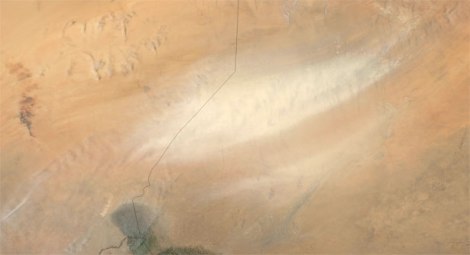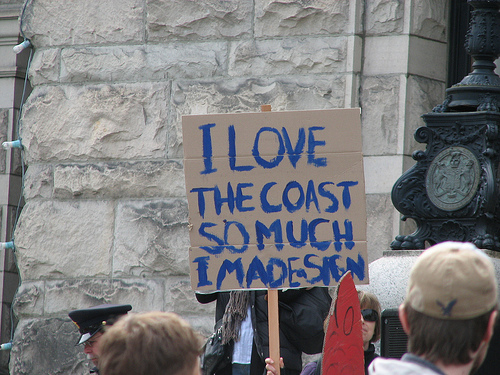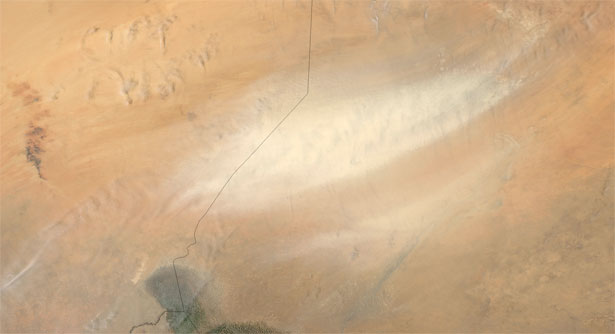
Here’s a little quiz: How does the Amazon, which has surprisingly nutrient-poor soil, manage to support such a diversity of plants and animals?
a. Regular fertilizer deliveries from Home Depot.
b. All that stuff just grows anyway because the Amazon is just super lucky.
c. Natural fertilizer originating from a patch of desert in Africa about one-third the size of Florida crosses the ocean in the form of massive dust storms, depositing nutrients sufficient to support the entire Amazon, which is the size of the contiguous 48 states.
If you guessed C, you’re so smart — you KNEW that there’s no Home Depot in the Amazon! And that generally entire rainforests don’t just get lucky — although, if you think about it, choice C is sort of lucky in its own “wow, doesn’t nature sometimes have the coolest trans-continental bromance with itself” kind of way.
Scientists have known for some time about this African dust storm/nutrients for the Amazon connection. But it’s only recently that they pinpointed exactly where in Africa these dust storms were originating, and discovered that the place was so small relative to the area it manages to fertilize.
Here’s a quote from the paper:
Here we show a remarkable arrangement in nature in which the mineral dust arriving at the Amazon basin from the Sahara actually originates from a single source of only ~ 0.5% of the size of the Amazon: the Bodélé depression. Located northeast of Lake Chad (17°N, 18°E) near the northern border of the Sahel, it is known to be the most vigorous source for dust over the entire globe.
All right, just this once you can pull out your crystals and intone about how all nature is connected or whatever.



